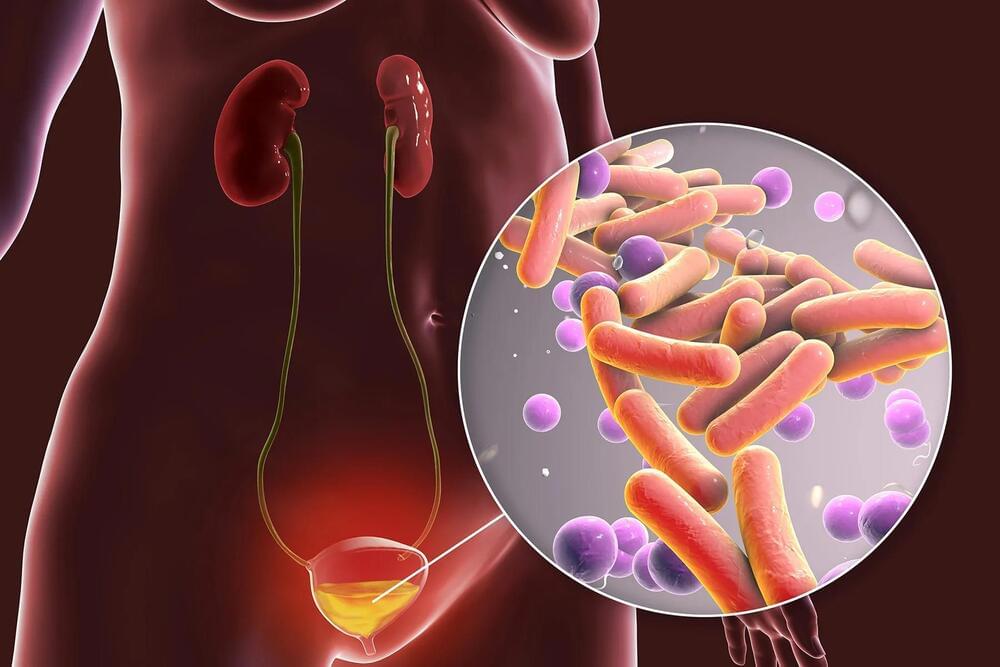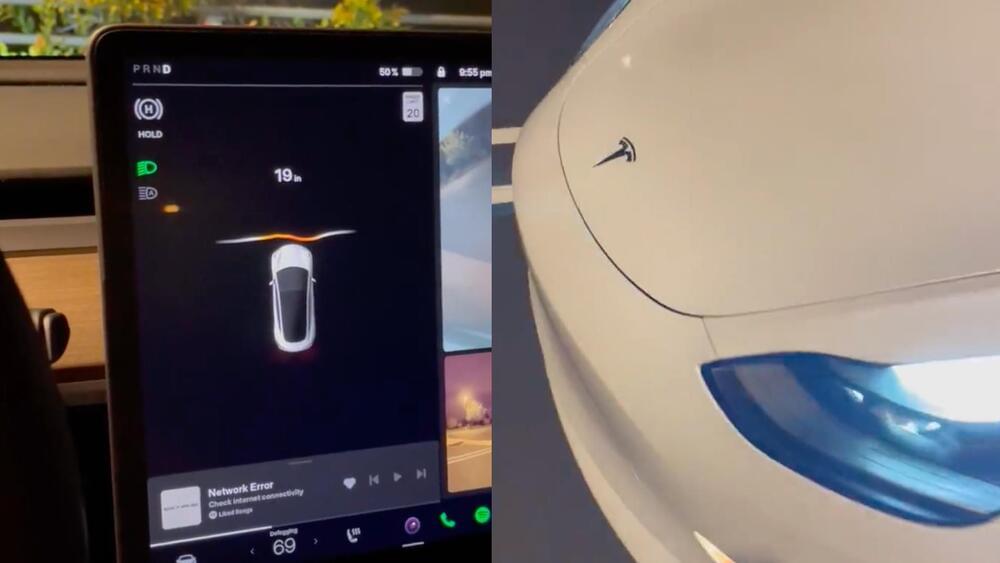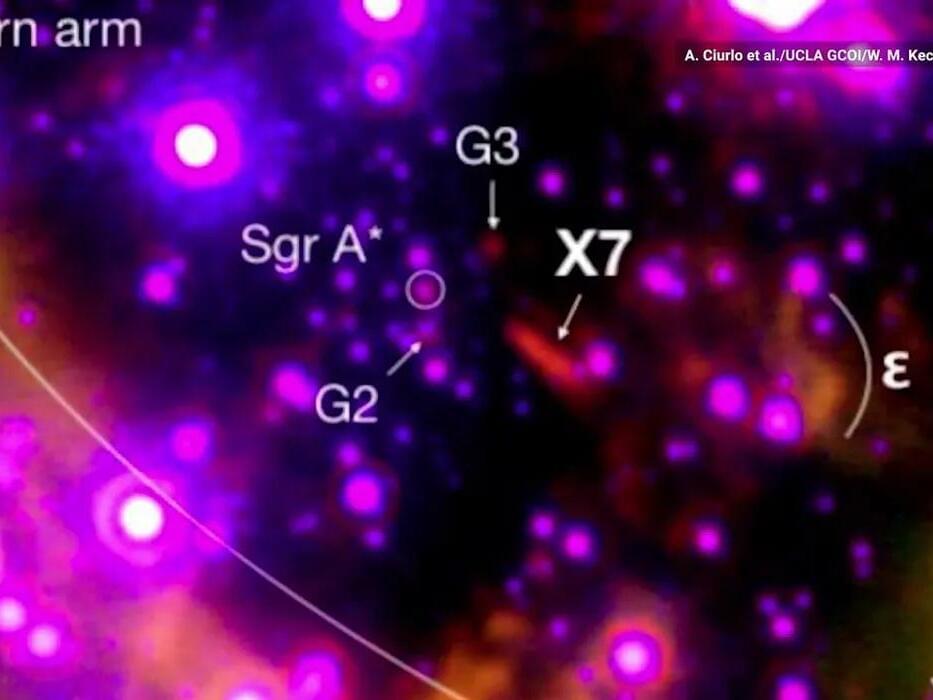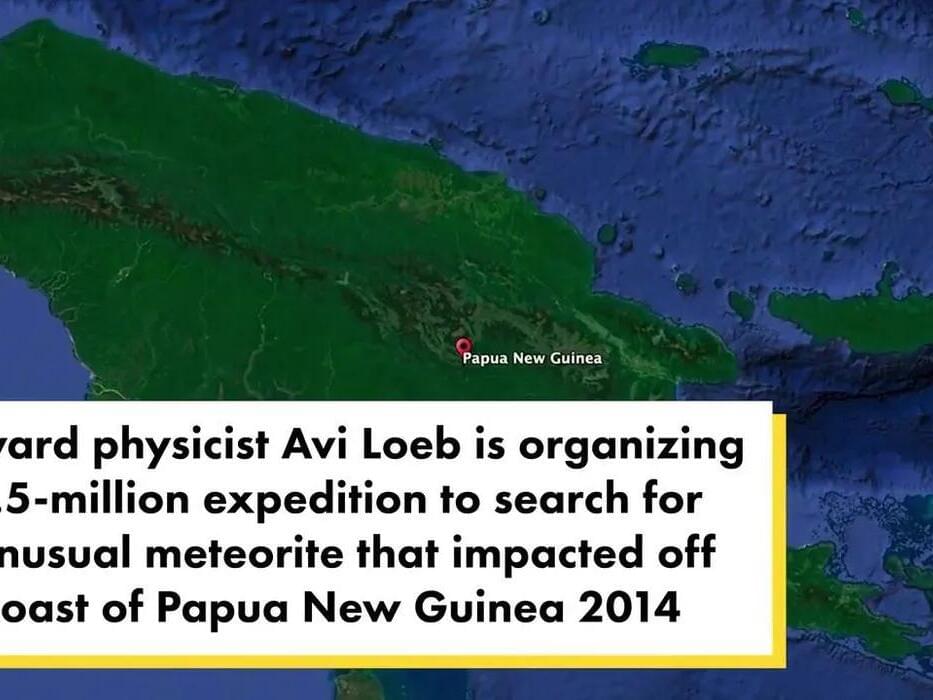March 24, 2023 – At least half a million urinary tract infections are caused by eating meat contaminated with E.coli bacteria, a new study reports.
E.coli is the most common bacteria to cause urinary tract infections, and it usually lives harmlessly in the human intestinal tract, although it is well-known to be a source of food poisoning.
“Most people understand that eating uncooked meat, or accidentally ingesting bacteria from meat, can cause you to have an upset stomach,” said researcher Lance B. Price, a professor at George Washington University, according to The Washington Post. “But now we also know that specific varieties of E. coli, coming from raw meat, are also causing hundreds of thousands of UTIs.”








